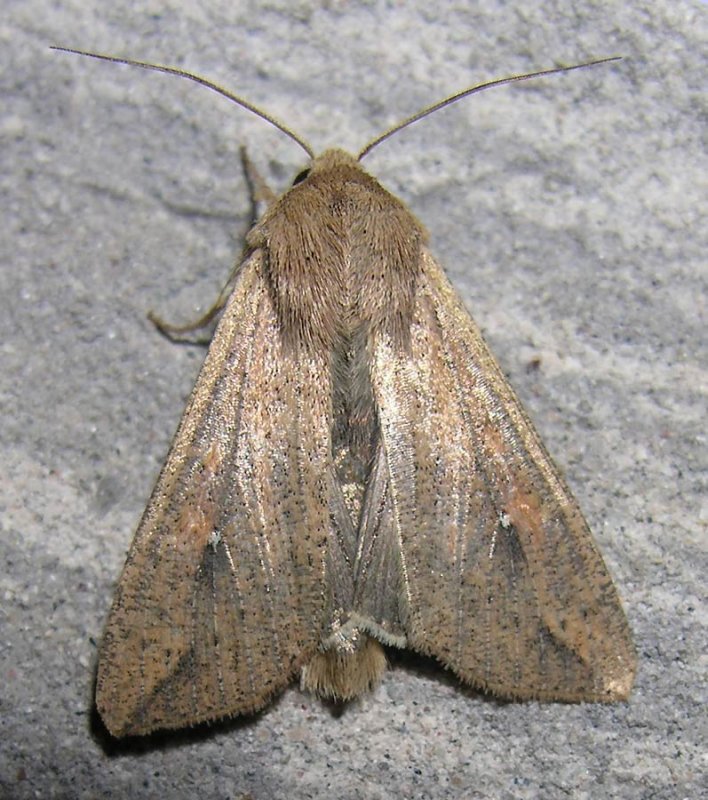

"They're pretty much everywhere," Hall said, noting he has seen the eggs on flagpoles and tee markers but that he has yet to see any signs of damage. Hall, the golf club superintendent, said he has noticed egg masses and moths throughout the golf course. What vegetation is at risk?Īrmyworms are more fond of some grasses than others, which is why Matt Hall believes the Burlington Golf Club turf has not sustained any damage. "For this to really happen, just like with any pest, the population has to be built up enough to be damaging, so we could just be at the very front end of the populations, too, and it's just not enough to have that damage yet," Thoms said. Thoms indicated damage seen thus far in Iowa may be just the tip of the iceberg. "What they'll do is stay in an area until they've depleted the food and then they'll move on to the next area and eat that," Thoms said, explaining the caterpillars have decimated entire golf courses in states like Florida and Texas.

The caterpillars, Thoms said, had also damaged a neighboring alfalfa field. 29, and Thoms said Tuesday his office has confirmed reports of outbreaks from West Branch in eastern Iowa to Cherokee in the state's northwest corner. Pictures he's received show once-lush yards turned brown. The first report of suspected damage came from Burlington on Aug. "The moth will deposit eggs wherever she lands, and they really have a wide range of food sources," Thoms said. Thoms said, there have been numerous sightings of army moths and eggs, which resemble small, clumped-together styrofoam balls and are laid on everything from house siding to flag poles. More: 'Unprecedented' outbreak of armyworms are destroying lawns across the US, often overnight You're kind of leading the state as far as that goes." "The Burlington area specifically has seen what we believe to be some suspected fall armyworm damage. "This is widespread damage across the country," said Adam Thoms, a turfgrass extension specialist for Iowa State, explaining they've been seen from Georgia and Alabama to Ohio and Indiana, as well as Iowa. "They're called armyworms because they're known to come in droves and take out whole swaths of pasture, so it's like a little army of marching caterpillars," said Morgan Hoenig, coordinator of local foods and master gardener for the Des Moines County office of Iowa State University Extension and Outreach.Īrmyworms typically are a problem experienced in southern states like Florida, but after a prolific breeding season, the moths that produce them have fanned out, riding storm winds and the jet stream to the Midwest. They're tiny, they're hungry and capable of decimating a lawn in just days.įall armyworms have damaged at least 40 yards in Burlington since late August as eggs laid by army moths have begun to hatch, unleashing a ravenous army of caterpillars an inch or two long.


 0 kommentar(er)
0 kommentar(er)
